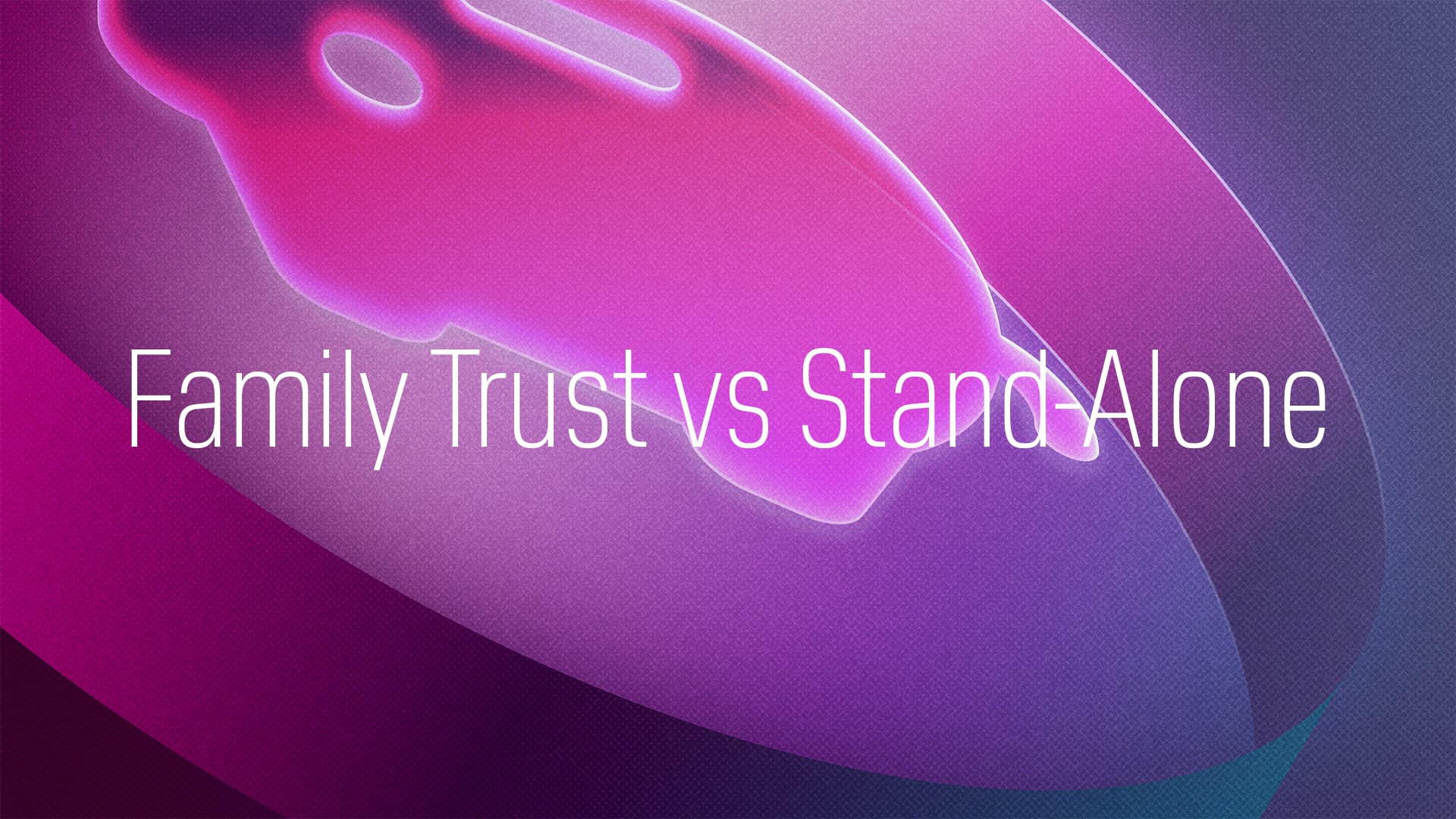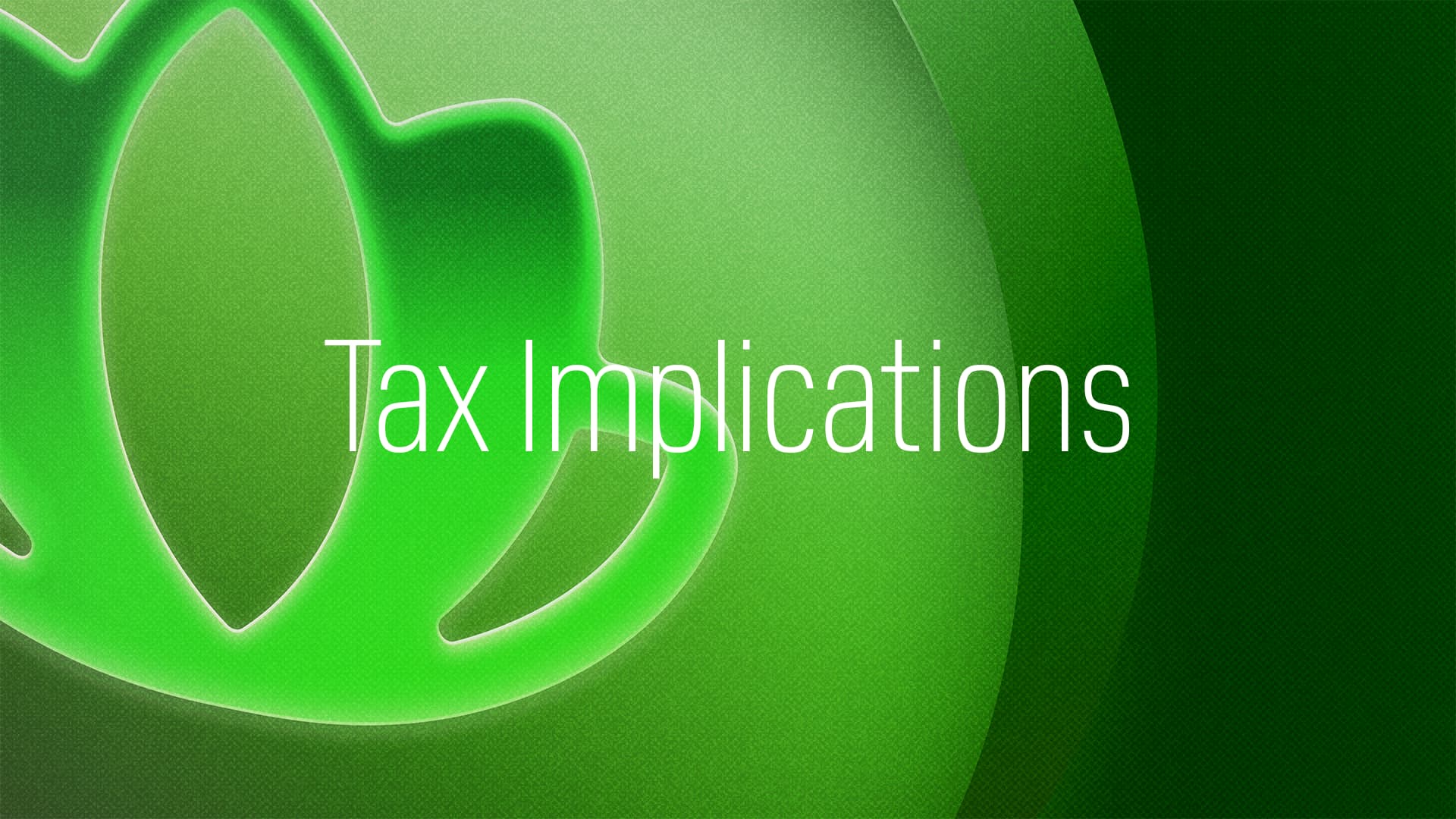
When considering whether to establish a charity within a family trust or as a standalone entity in the UK, there are several factors to consider, including the legal structures available for charities, the pros and cons of setting up a charity, and the implications of integrating a charity with a family trust.
There are four main types of charity structures: charitable incorporated organisation (CIO), charitable company (limited by guarantee), unincorporated association, and trust.
The choice of structure affects how the charity will operate, who will run it, whether it can enter contracts or employ staff in its own name, and the liability of trustees.
Some structures form a corporate body, allowing the charity to do many things in its own name, like employing staff, entering contracts, and owning property. In such structures, trustees are generally not personally liable. However, in unincorporated structures, trustees bear personal liability, and the charity cannot enter into contracts or control some investments in its own name.
Charities enjoy tax benefits, such as exemption from income/corporation tax, capital gains tax, and stamp duty in most cases. Donations to charities can be free of inheritance tax and may reduce the donor's income tax liability. Charities can also claim gift aid on donations and get special VAT treatment in some circumstances. They pay reduced business rates and can raise funds more easily than non-charitable bodies.
Charities must have exclusively charitable purposes, limiting their ability to trade. Trustees cannot receive financial benefits unless authorized, and they must avoid conflicts of interest. Charity law imposes financial reporting obligations, and political and campaigning activities are restricted.
There have been cases where private family trusts made distributions to charities not listed as beneficiaries, but these are limited and often specific to the trust's circumstances. For instance, in Gelber v The Sunderland Foundation & Ors, the court permitted a family trust to make a significant financial contribution to a charity indirectly benefiting the trust's beneficiaries. This decision was influenced by the alignment of interests between the trust and charity and the benefit it brought to the trust's beneficiaries.
The authority for trustees to make distributions to charities at the request of a beneficiary, based on moral or social obligations, has evolved over time. However, such distributions are scrutinized based on factors like the size of the distribution relative to the trust's assets, the beneficiary's personal resources, and the stance of other beneficiaries.
In summary, whether a charity should be part of a family trust or stand alone depends on the specific goals, the nature of the charitable work, the desired level of control and flexibility, and the legal and financial implications. It's essential to consult with legal and financial advisors to understand the best structure for your specific situation, especially considering the complex nature of trust and charity law in the UK.
Information on charity types and structures in the UK
Pros and cons of setting up a charity
Discussion on family trusts and charities



